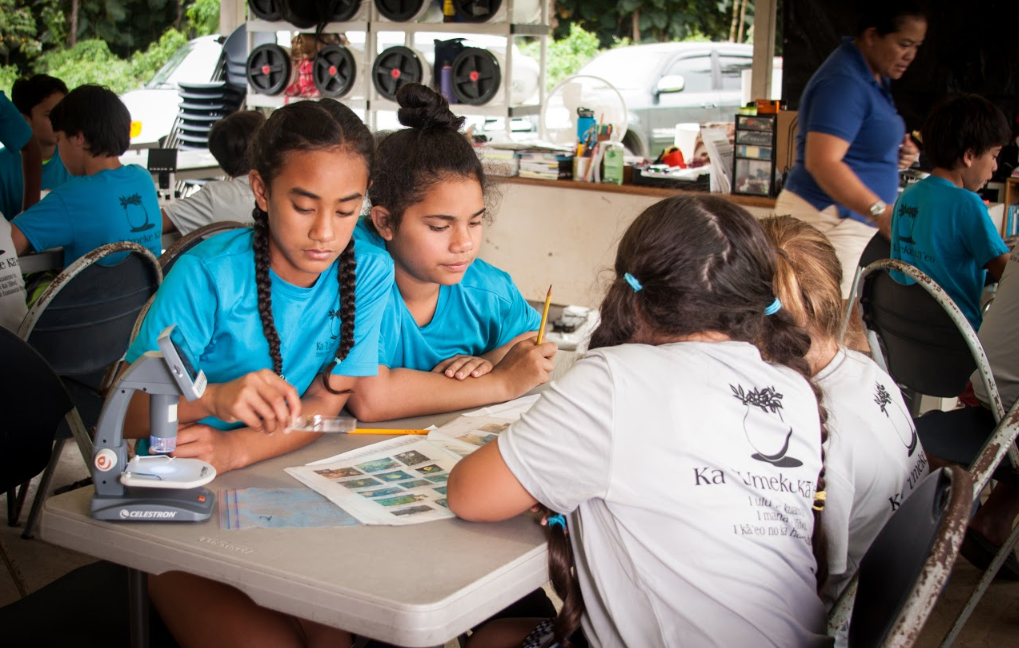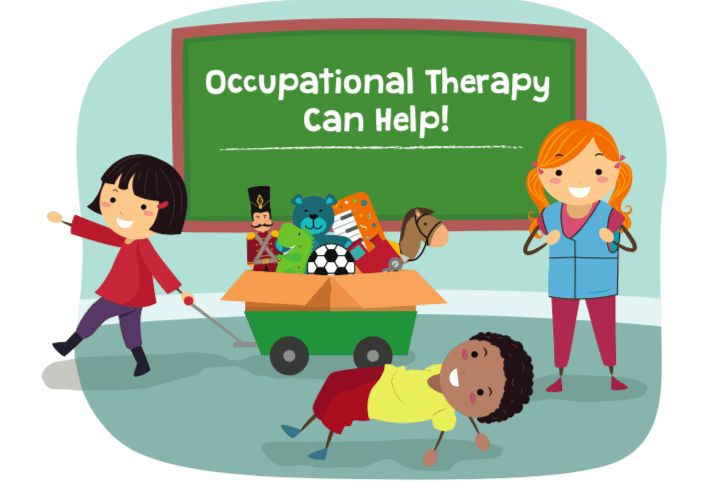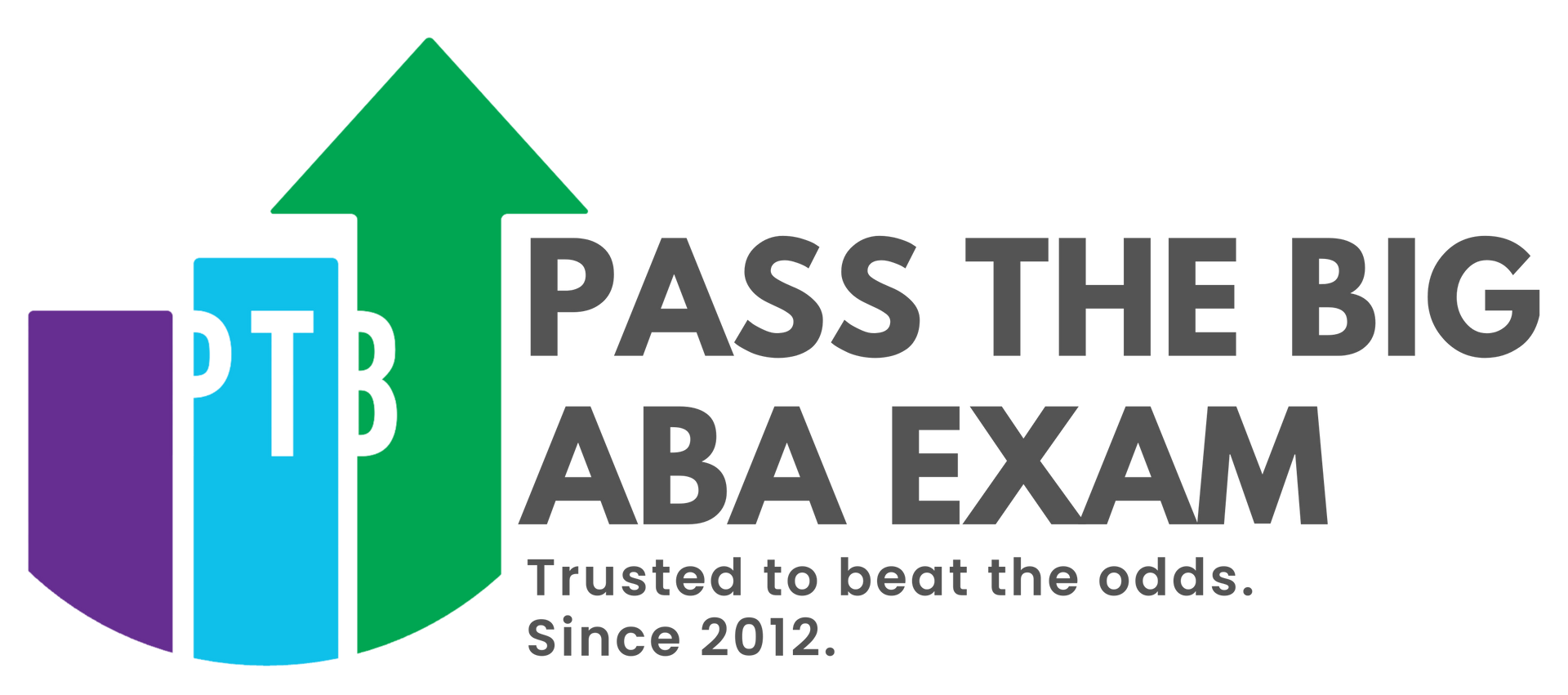Navigating School and Education Options for Children with Autism
End of the school year? Not for parents seeking special education.

End of the school year? When you have a child with special needs, the end of the school year is the start of planning for next year. Navigating education options for any child can be a complex and personal process that requires careful consideration. But choosing a school or learning path for children with autism can feel extra overwhelming. At Malama Pono we pride ourselves on going beyond the basics in autism care – including family support for autism. This article is meant to be a resource for beginners who are just getting started on their journey. The following steps should help you get organized and feel more confident, but please reach out and schedule an appointment with our staff if you have more questions or need additional guidance as you navigate education options.
Navigating School and Education Options for Children with Autism:
1. Understand Your Child's Needs
This one may feel obvious, but it’s a great place to start! Each child with autism is unique, with their own strengths, challenges, and learning styles. Before exploring education options, explore your child's specific needs, preferences, and abilities. Consider factors such as communication skills, sensory sensitivities, academic strengths, and social interactions. Evaluate what level of support in the classroom your child may need to be successful. Assess where your child’s biggest support needs occur: Are they academic based or behavioral based or a little of both? These will all help you decide which schooling option can best support your child’s needs. Remember: There is no “one size fits all” in education.
2. Research Educational Approaches
There are many approaches and philosophies to education in general, and these only become more varied when you consider autism. General education classrooms may expect your child to be successful with minimal accommodations or support. Self-contained classrooms may be completely designed for students with autism or unique learning needs and there are also many integrated or inclusive classroom models that are created to meet the needs of both typical students and students with autism. Understanding your child’s unique needs as discussed above will help you understand what educational model will be best.
3. Explore Special Education Services
Public schools can be a great resource as well, but often the staff to child ratio is much higher and you will need to be intentional about seeking out support for your child’s needs and ensuring those needs are met. Federal regulations, often referred to as FAPE (Free Appropriate Public Education), place certain requirements on public schools to meet the needs of your student in the classroom. More information can be found through the US Department of Education or contacting your local school district to learn about special education services your child may be entitled to, such as Individualized Education Programs (IEP) or 504 Plans. While FAPE provides certain rights to your child in the educational system, you often need to make yourself aware of these rights and advocate on your child's behalf. Many public school systems have limited staff and resources and those families who advocate are more likely to receive the support they are entitled to.
4. Consider Specialized Schools
Depending on your child's needs and preferences, you may explore specialized schools that focus specifically on educating children with autism spectrum disorder (ASD). These schools often offer smaller class sizes, specialized teaching methods, and a supportive environment tailored to the needs of children with autism.
For many children with autism their needs are a combination of academic and behavioral. In a more specialized environment children can learn the behavioral skills they need to be prepared to thrive in both school and life!
5. Visit Schools and Programs
If possible, visit prospective schools and programs to observe classrooms, meet teachers and staff, and assess the learning environment. Note factors such as class size, teacher-student ratio, sensory accommodations, and opportunities for socialization.
If your child is preschool aged, Malama Pono has a therapeutic program designed specifically for children on the spectrum. The KALO preschool program is not an academic school but rather an intensive behavioral program that models what a classroom would look like. In this more naturalistic environment children can learn the behavioral skills they need to be prepared to enter an academic environment such as attending to a teacher, managing their bodies and behavior around other children, developing social skills, transitioning between activities, and working more independently. In addition to the KALO Preschool Readiness program at Malama Pono, their are other programs in Hawai'i and on the mainland for older learners as well.
Our KALO preschool program is open to new admissions on Oahu and Maui!
6. Consult with Professionals
Seek guidance and advice from professionals who specialize in autism – such as pediatricians, psychologists, speech therapists, and special education advocates. They can provide valuable insights, recommendations, and resources to support your decision-making process.
The Hawai'i Disability Rights Center is one such local resource https://hawaiidisabilityrights.org/
7. Consider Inclusive Settings
Inclusive education settings, where children with autism learn alongside typically developing peers, can offer valuable opportunities for social interaction, peer modeling, and academic growth. Explore inclusive education options within mainstream schools and assess their inclusivity, support services, and accommodations.
8. Evaluate Financial Considerations
Consider the financial aspects of different education options, including tuition costs, therapy expenses, transportation, and other related expenses. The truth is, some educational options can be cost-prohibitive, but if they aren’t in your budget there may be other options. Don’t forget to explore funding options, such as scholarships, grants, or public funding for special education services. While the process can be frustrating, persistence and continued searching will help you provide your child access to the best education options available for them.
9. Collaborate with School Personnel
Once you've selected an educational setting for your child, establish open communication and collaboration with school personnel, including teachers, therapists, and administrators. Work together to develop and implement individualized educational plans that address your child's unique needs and goals.
10. Monitor Progress and Adjust as Needed
Regularly monitor your child's progress in their chosen educational setting and be prepared to make adjustments as needed. Stay informed about your child's rights, advocate for their needs, and remain actively involved in their educational journey. And don’t forget to seek out family support for autism as well. You’ll want community and support as you navigate this new world.
Remember that finding the right educational setting for a child with autism may require time, patience, and ongoing collaboration between parents, educators, and professionals. Trust your instincts, seek support when needed, and prioritize your child's individual needs and well-being throughout the process.





